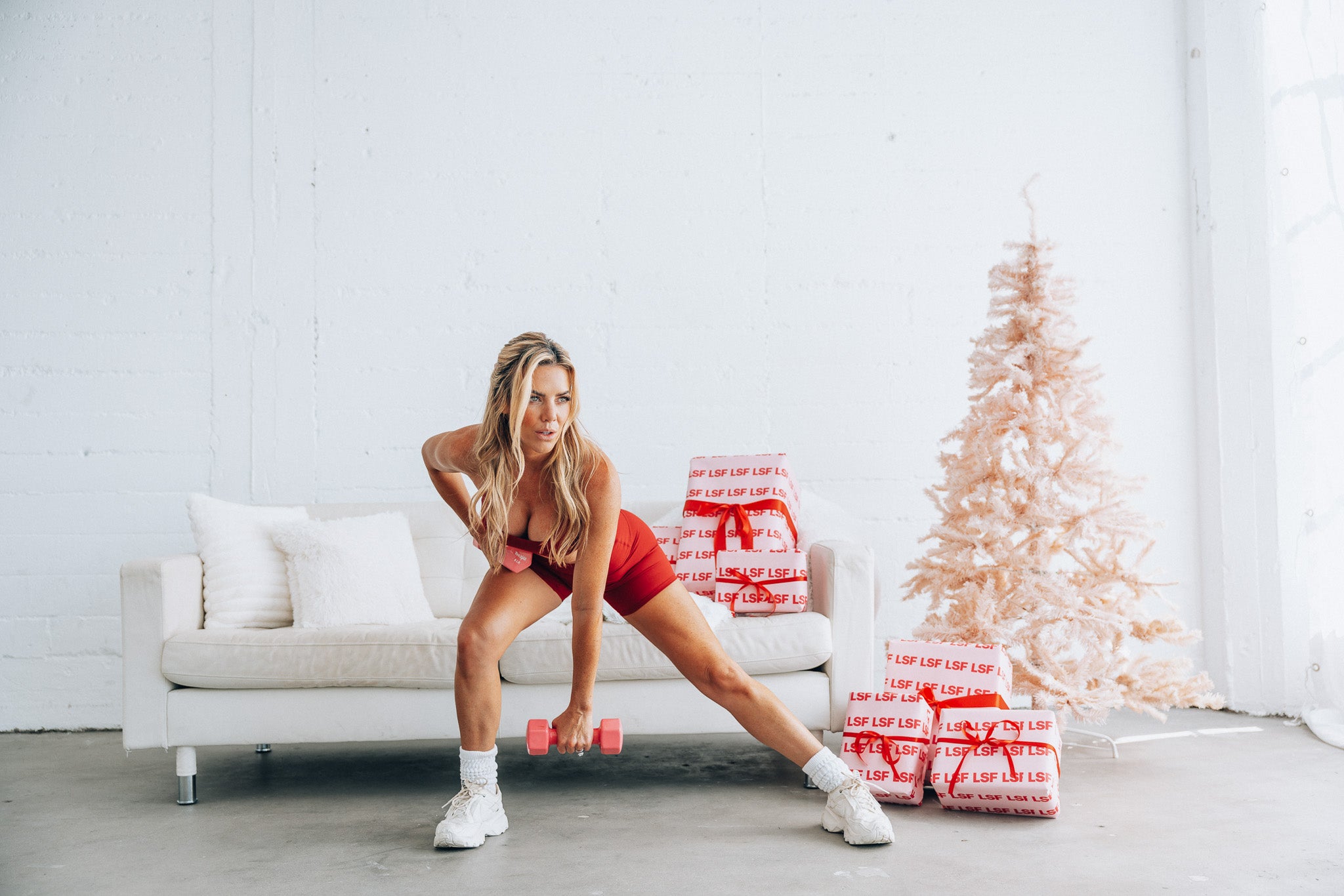Last updated December 20, 2024. Originally published May 19, 2021.
|
Key Takeaways
This blog serves as a woman’s guide to weightlifting, covering hormonal differences in weightlifting, including training during your period, as well as physical differences between the sexes that may impact recovery, outcomes and injury risk. Strategies are presented to optimize exercise programming, including how to create split routines depending on how often you exercise, as well as specific areas of focus that will help women avoid injury and see strength and power benefits both now and later in life.
|
While some weightlifting advice is universal, other advice is not, especially when it comes to training women and men. Physiology, anatomy and hormones, for example, can vary between women and men, and this can impact on how training should be programmed for women.
Historically, workouts created for women have tended to focus on using lighter weights at a higher repetition range. Likewise, a misplaced fear of getting “bulky” or “too muscular” has led many women to avoid lifting heavy weights, depriving them of the power and strength that can benefit them for their entire life.
Perhaps we should replace the fear of getting “bulky” with a healthy concern for losing muscle. After age 30, women lose about 3 to 8% of their muscle mass per decade, and this rate of loss is even higher after the age of 60. Less muscle increases the risk of falls and injury, especially as you age, which is another reason why muscular training is so important, as it helps you maintain muscle mass and strength as you age.
Horomonal Differences
Unlike men, whose hormones generally stay stable, women’s hormones are cyclical through the month depending on the phase of their menstrual cycle (if they have one).
The monthly cycle for menstruation is broken down into four weeks. The first half of the cycle is known as the follicular phase, which lasts about 14 days. In this phase, the training experience is similar for both women and men because of the hormonal profile.
However, in the luteal phase, which also lasts about 14 days, there is a higher hormone presence. This makes a woman’s chemical makeup more catabolic in nature, which means it may be more challenging for a woman to progress the intensity of her training. This is because recovery may take longer, sleep is often impacted and energy levels may be lower overall from ovulation until the end of the luteal phase.
During the luteal phase, depending on your personal response to exercise, you may find it beneficial to reduce the volume of your training, and possibly even reduce the number of intense training days.
Even though training volume and intensity may need to be reduced in the last two weeks of the cycle,research suggests that muscular training during the first two weeks of the cycle may result in “enhanced muscle strength and mass.” So, be mindful when incorporating muscular training into your program. This may mean that you strength train more often or with a higher volume during the first two weeks (say three to four times a week) and then consider reducing to two to three times a week for the remaining two weeks of your menstrual cycle.
Physical Differences
The Q-angle, which is the measurement of the angle between the long axes of the femur bone and tibia, is often larger in women than in men because women often have wider hips. This is one reason why women are more susceptible to knee injuries. For example, female athletes tear the anterior cruciate ligament (ACL) two to eight times more frequently than men.
Training Strategies
| To see video demonstrations and read step-by-step instructions for the exercises mentioned below, visit the ACE Exercise Library. |
Because of these differences between the sexes, it is important for you to focus on stability in the knees and lower back to help limit your risk of injury. A well-rounded muscular-training program should center on basic functional movements such as the squat, deadlift, horizontal push, horizontal pull, vertical push, vertical pull and rotational movements.
Aim for two to four days of muscular training per week, depending on your goals, energy levels and hormonal cycle. If you’re training two days per week, do a full-body routine that includes squatting plus upper-body push exercises (like a bench or overhead press) on one day and deadlifts and upper–body pull exercises (like pull-ups or rows) on the second day.
If you’re training three to four days a week, aim to do a lower-body and upper-body split across those days. Focus on lower-body squatting and quad-centric movements (such as Spanish squats and leg extensions) on one day and upper-body pushing and/or pulling the next day (such as bench press, pull-ups, rows, overhead presses, Arnold presses, etc.). Finish with deadlifts and more glute- and hamstring-centric movements (such as hip or glute thrusts, single-leg deadlifts and forward-leaning walking lunges) on the third day, with upper body pushing or pulling on the fourth and final day (don’t repeat the previous day of upper-body work completed earlier in the week).
Regardless of how many days you train, every day should include some form of core work that revolves around planking, heavier carries (such as suitcase or farmer’s carries), and some rotational work (such as Russian twists or banded chops). To maximize strength, aim for five to 10 total sets per muscle group per week. Rest intervals between sets should be at least one to two minutes in length in order to optimize recovery for the next set.
Final Thoughts
While there may be physiological differences between the sexes, there is no need to radically alter your training. Instead, take note of any fluctuations in your energy throughout the month, and mitigate any potential risk for injury by strengthening your shoulders and knees. Focus on lifting heavier weight (while still maintaining good form), push yourself appropriately, depending on how you feel, and remember that this strength training will greatly benefit your longevity and overall health.
If you’re interested in providing a more holistic approach to improving your female clients’ fitness regimen and overall health, check out Strategies for Training Female Clients – Course Bundle (worth 0.4 ACE CECs). The following courses are included in this bundle:
- Weightlifting for Women
- Training Female Clients Through Different Life Stages
- Training Women for Optimal Health and Performance
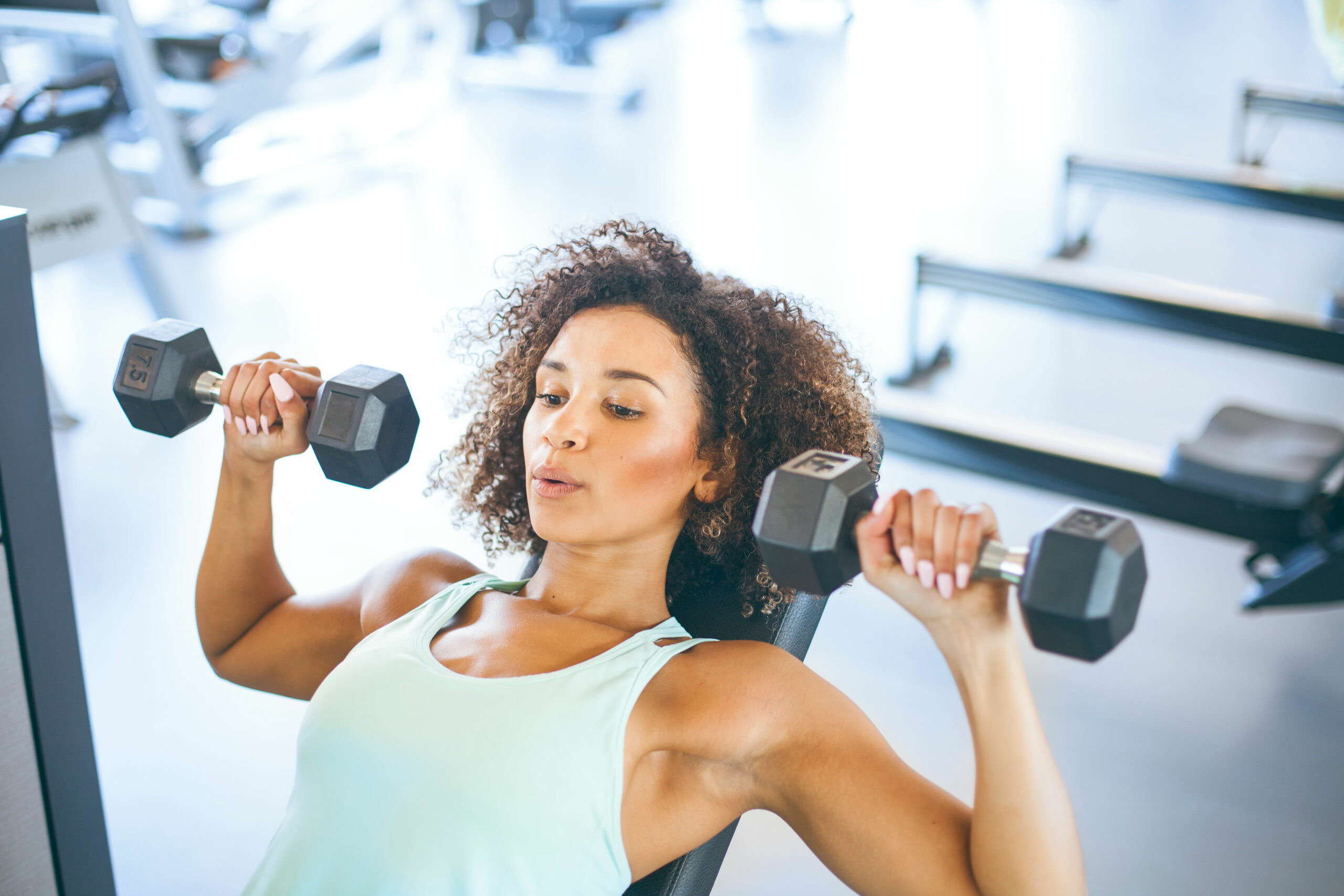
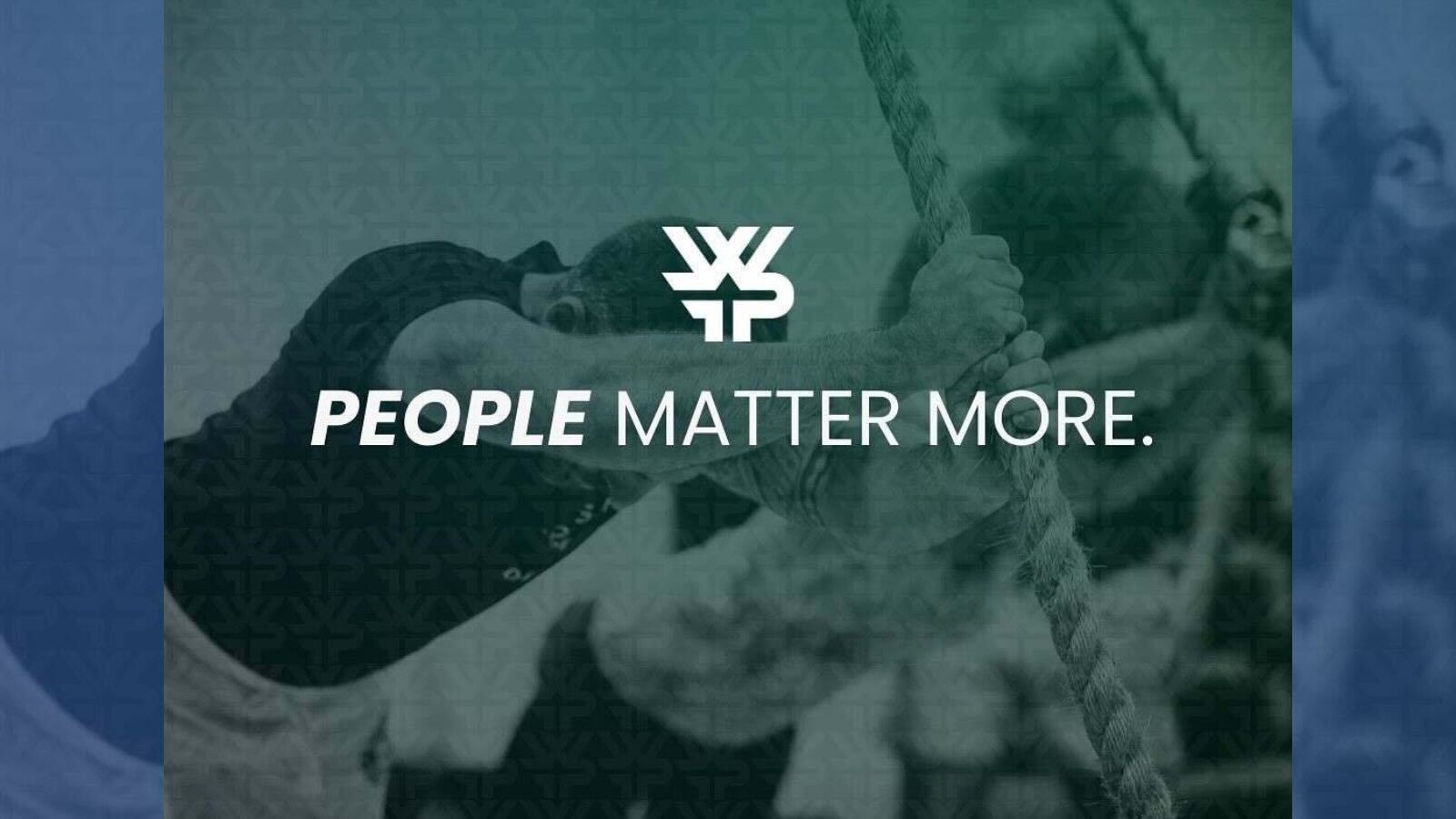
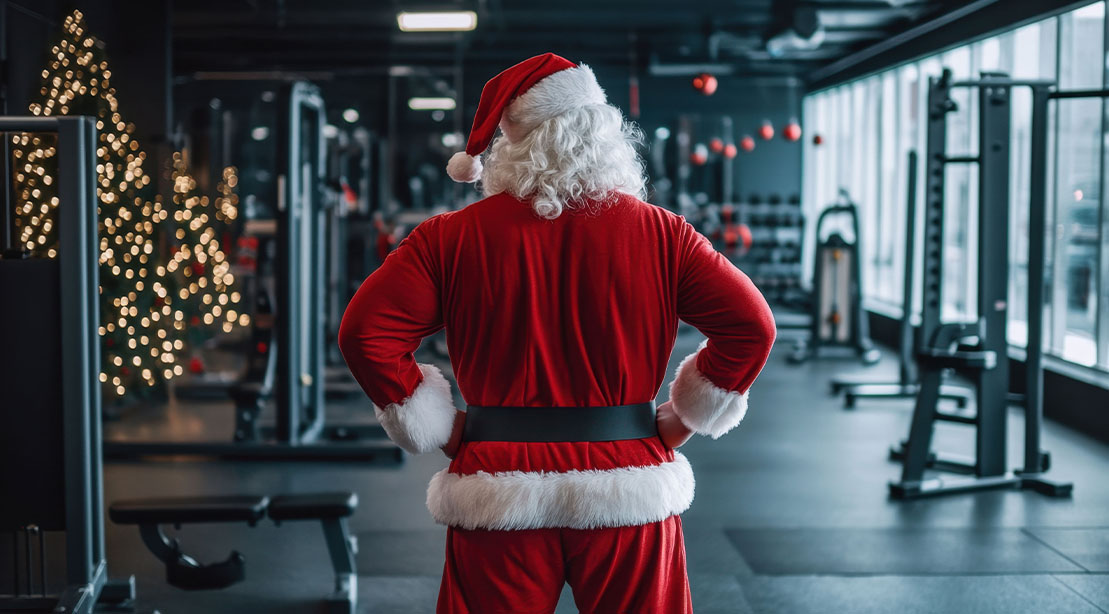
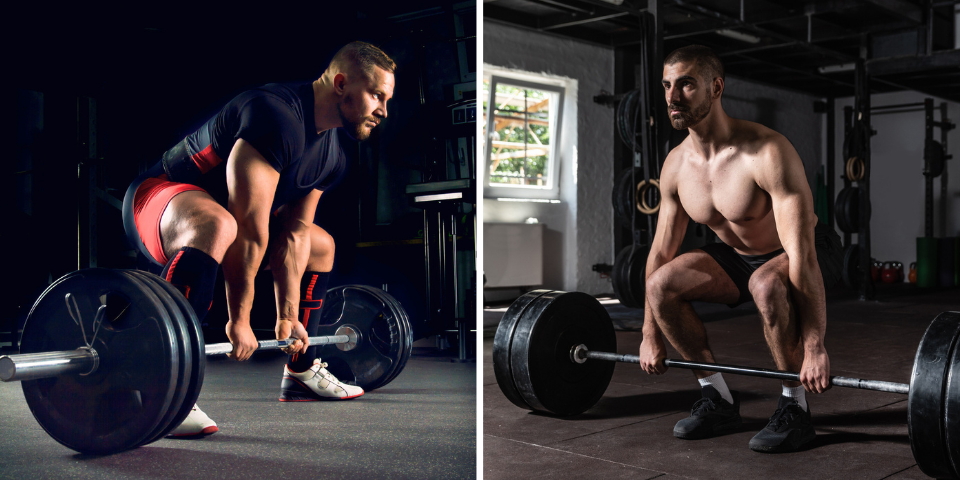
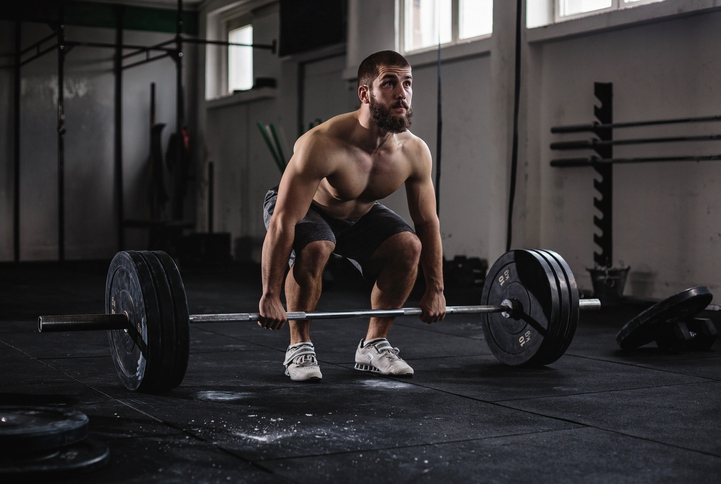
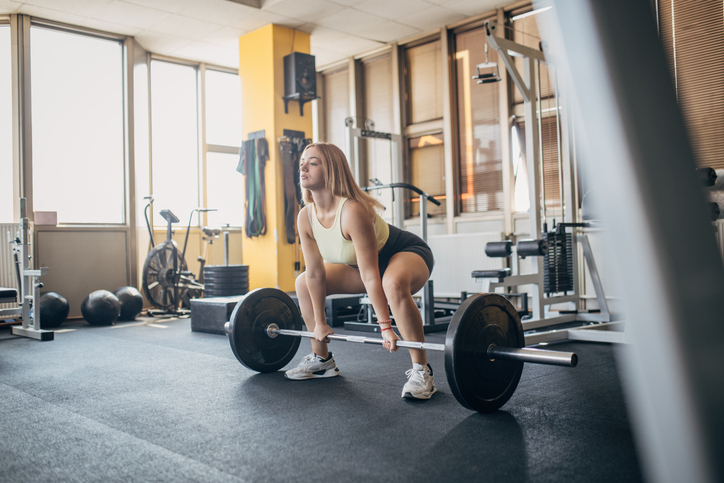
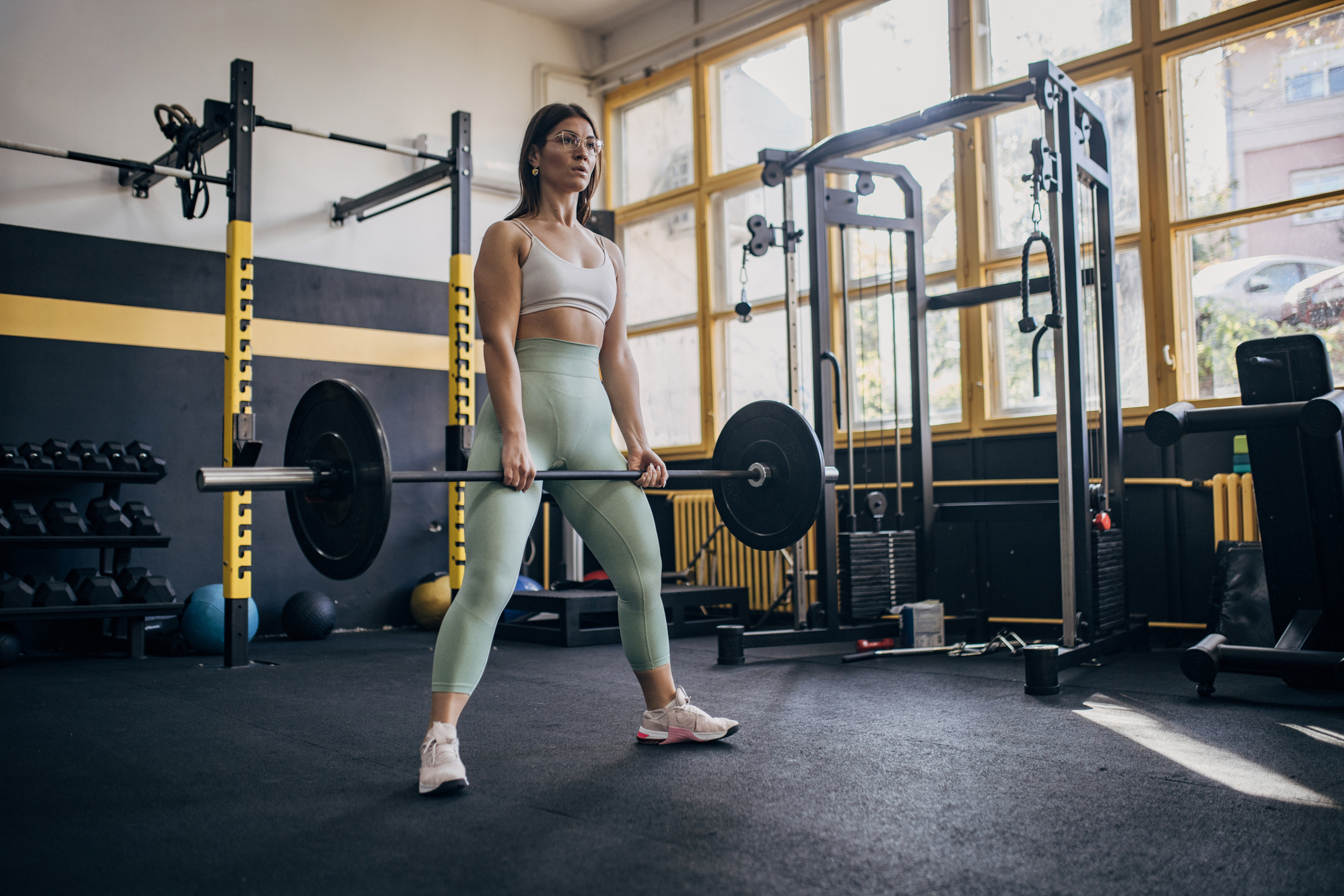





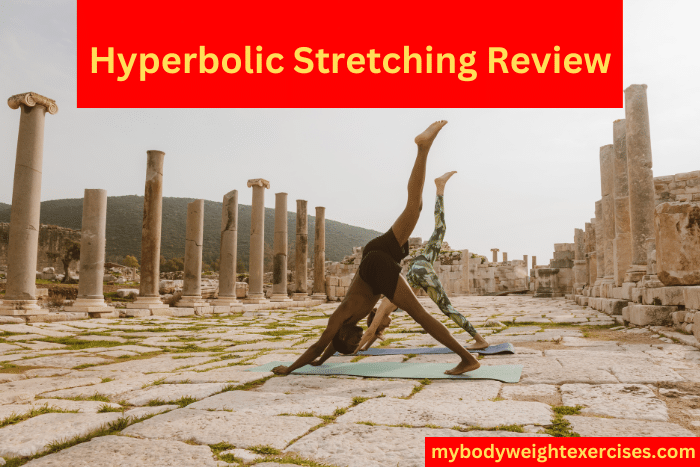





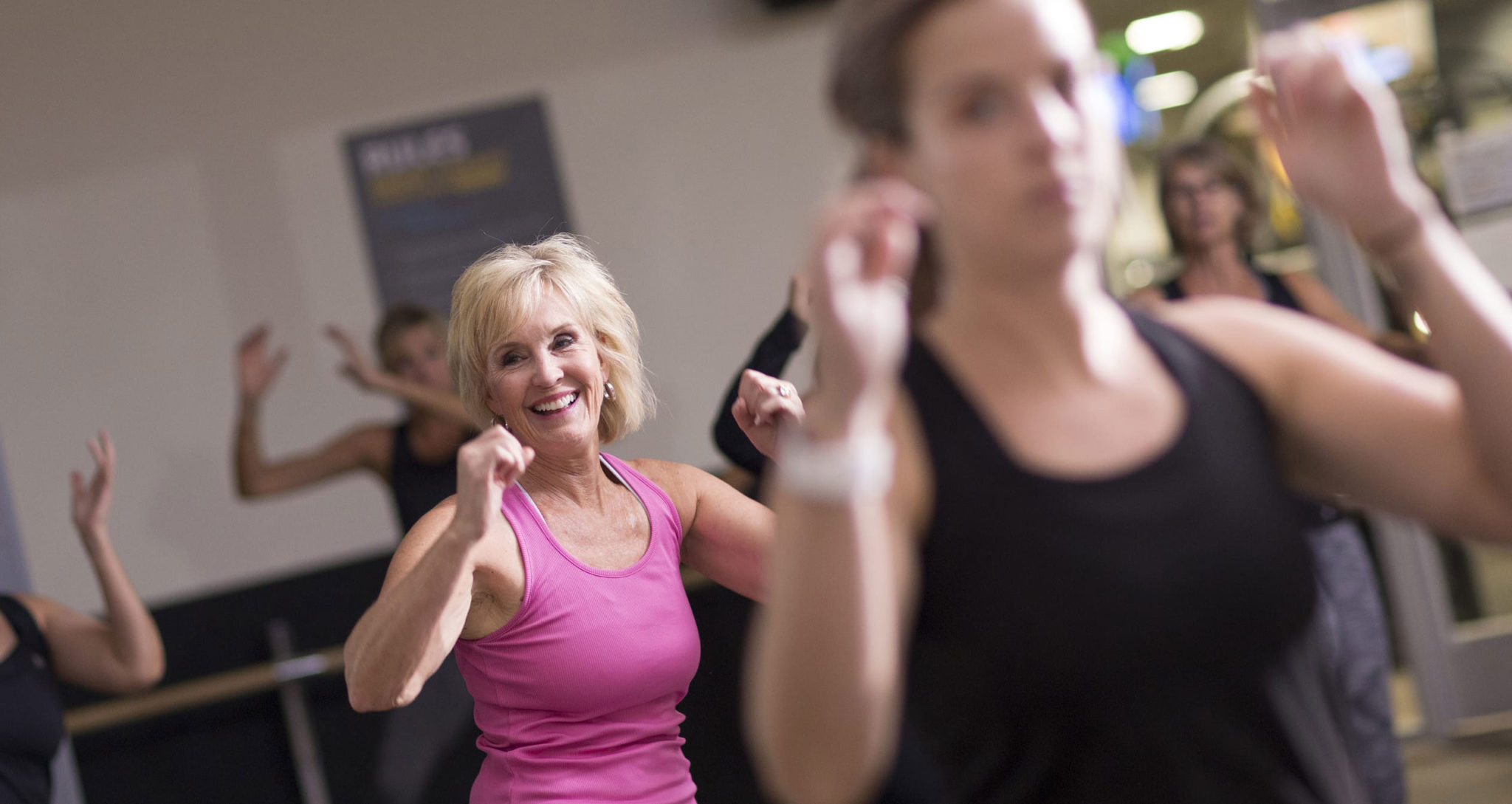
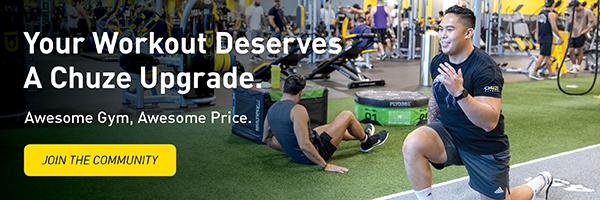
 Reviewed By:
Reviewed By:






